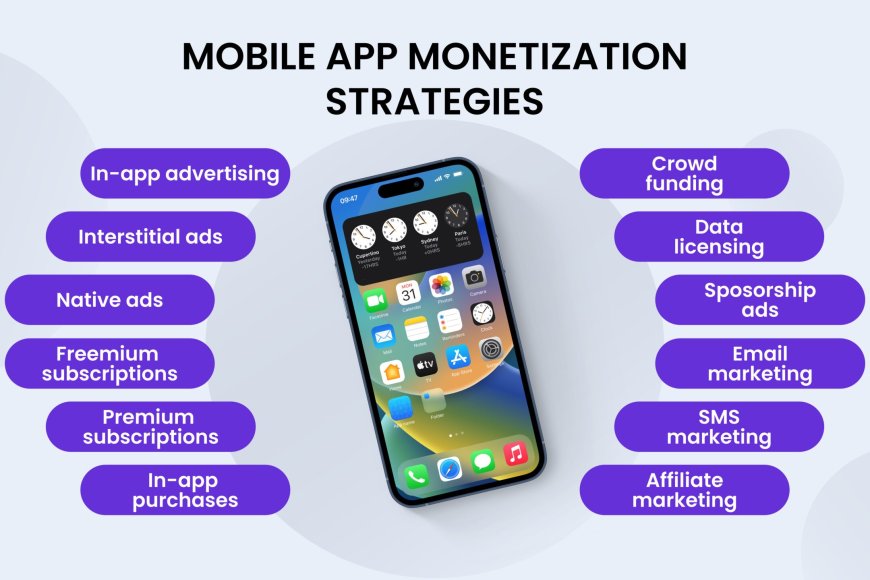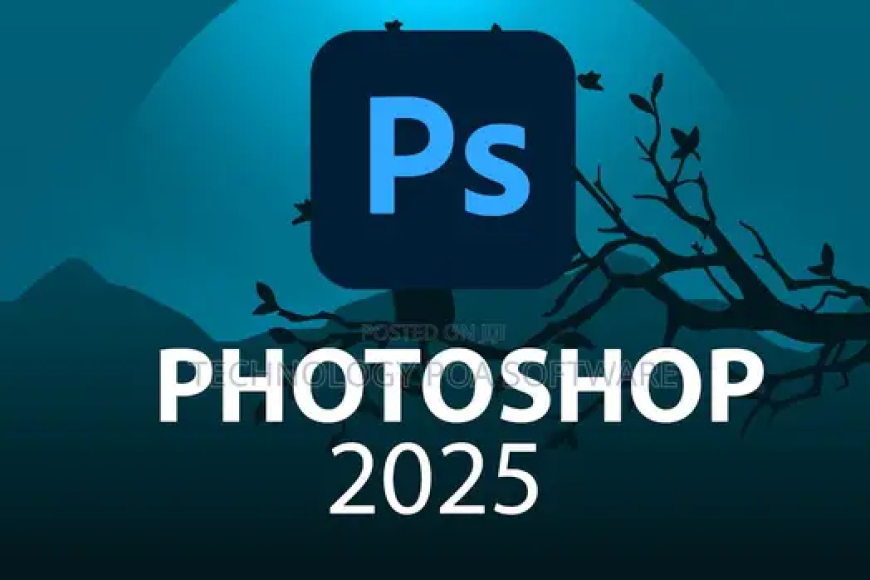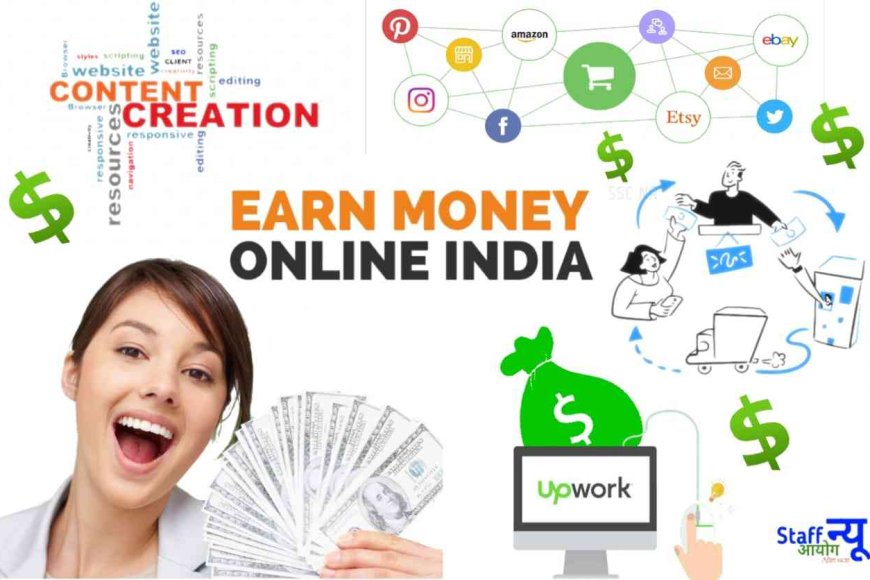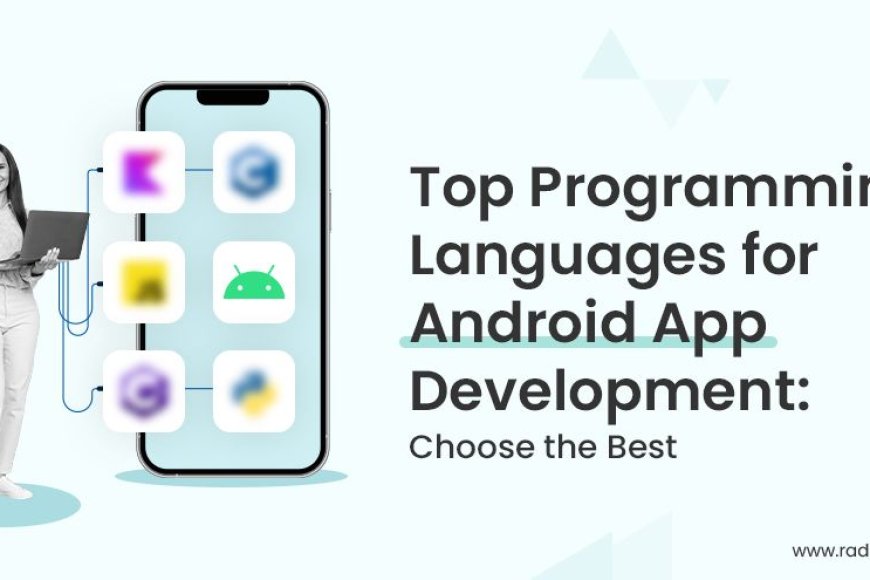Outline of the Article
-
Introduction
- The growth of the app market in 2025
- Importance of app monetization strategies
-
In-App Advertising
- Types of ads (banner, interstitial, rewarded, and native ads)
- Best practices for ad placement
- Recommended ad networks
-
In-App Purchases (IAP)
- Types of in-app purchases (consumable, non-consumable, subscriptions)
- Examples of effective IAP strategies
- Pros and cons of in-app purchases
-
Freemium Model
- Explanation of the freemium model
- How to create valuable premium content
- Balancing free and paid features
-
Subscription Model
- Benefits of subscription-based apps
- Pricing strategies for subscriptions
- Retention strategies to reduce churn
-
Sponsorship and Partnerships
- How sponsorships work in mobile apps
- Examples of successful app sponsorships
- Finding potential sponsors or partners
-
Affiliate Marketing
- Integrating affiliate links into an app
- Choosing relevant affiliate products
- Measuring affiliate success
-
E-Commerce and Merchandise Integration
- Adding a shopping component to apps
- Examples of successful merchandise sales within apps
- Platforms and tools for in-app e-commerce
-
Paid App Model
- Pros and cons of upfront paid apps
- Best practices for marketing a paid app
- Understanding app store policies for paid apps
-
Data Monetization (with Transparency)
- Benefits of data monetization
- Ensuring transparency and user consent
- Using anonymized data
-
Crowdfunding and Donations
- Platforms for crowdfunding
- Adding donation options for loyal users
- Success stories from donation-supported apps
-
User-Generated Content and Social Features
- How social features increase engagement
- Ways to monetize user-generated content
- Examples of apps that use this strategy
-
Gamification and Loyalty Programs
- Benefits of gamification for user engagement
- Monetizing through rewards and loyalty points
- Case studies of apps using gamification
-
Utilizing AI and Personalized Experiences
- Offering personalized features for premium users
- AI-driven recommendations for monetization
- AI and ML tools to optimize user experience and revenue
-
Conclusion
- Recap of top monetization strategies
- Tips for sustainable app monetization
-
Frequently Asked Questions (FAQs)
- 5 FAQs related to app monetization
How to Monetize an App in 2025
Introduction
With the app market booming in 2025, there’s a strong demand for innovative ways to make apps profitable. The right monetization strategy can turn a simple app into a lucrative venture. Here’s a comprehensive guide to the most effective methods for monetizing apps in 2025, from in-app ads to subscriptions and beyond.
In-App Advertising
In-app advertising remains one of the most popular ways to generate revenue. However, balancing user experience with ad placements is key to success.
- Types of Ads: Banner ads, interstitial ads (full-screen ads between sections), rewarded ads (where users earn rewards for viewing ads), and native ads (ads that blend with app content) are popular options.
- Best Practices: Avoid overwhelming users with too many ads, and place ads strategically to prevent interruptions. Rewarded ads, for instance, offer a win-win by giving users in-app perks in exchange for watching ads.
- Ad Networks: Google AdMob, Unity Ads, and Facebook Audience Network are popular choices for in-app advertising.
In-App Purchases (IAP)
In-app purchases are a direct way to monetize your app by allowing users to buy digital goods within the app.
- Types of IAPs: Consumables (one-time purchases like extra lives), non-consumables (permanent upgrades), and subscriptions (recurring payments for continued access).
- Examples: Popular apps may sell special items, upgrades, or virtual currency. Games, for example, might offer bonus levels or character customizations.
- Pros and Cons: While effective, in-app purchases work best if the app’s features remain usable without purchases to avoid alienating free users.
Freemium Model
The freemium model provides basic app access for free, with the option to pay for premium features.
- Creating Value: Offer enough valuable features in the free version to attract users, while ensuring that premium features provide enhanced value.
- Balancing Free and Paid Features: Keep essential functionality free but add premium features that significantly enhance the experience, like ad-free access or advanced tools.
Subscription Model
Subscriptions have become a preferred model, especially for content and service-based apps, as they offer recurring revenue.
- Benefits: Subscriptions provide a steady income stream, which is ideal for content, health, and educational apps that offer continuous value.
- Pricing Strategies: Offer multiple tiers to cater to different budgets, and consider free trials to encourage users to subscribe.
- Retention Strategies: To reduce churn, provide personalized content, loyalty rewards, and ongoing improvements to keep subscribers engaged.
Sponsorship and Partnerships
Partnering with brands for sponsorships is an effective way to monetize apps with a strong user base.
- How It Works: Companies pay to have their brand featured in the app, either through sponsored content or co-branded experiences.
- Examples: Fitness apps, for instance, might partner with sportswear brands, while food delivery apps may collaborate with local restaurants.
- Finding Partners: Identify brands that align with your app’s mission and audience to create authentic partnerships.
Affiliate Marketing
Affiliate marketing involves promoting third-party products within your app, earning a commission for each sale or lead.
- Integrating Links: Add affiliate links to products relevant to your app’s content, such as fitness products in a health app.
- Choosing Products: Be selective about affiliate products, ensuring they align with your app’s theme and add value for your users.
E-Commerce and Merchandise Integration
For apps with a dedicated user base, adding an e-commerce component can provide additional revenue.
- Selling Merchandise: Popular apps, especially those with unique brands or communities, often sell branded merchandise.
- Platforms for Integration: Shopify and WooCommerce offer tools for adding e-commerce functionality to your app, allowing you to sell products directly within the app.
Paid App Model
Some developers opt for a straightforward paid model, where users pay upfront to download the app.
- Pros: Users get an ad-free, premium experience from the start.
- Cons: Paid apps face more resistance in competitive markets, as many users prefer free options.
- Marketing a Paid App: Use clear and enticing app descriptions, high-quality visuals, and reviews to showcase the app’s value.
Data Monetization (with Transparency)
Data monetization involves collecting and selling anonymized user data to third parties for analysis. However, transparency and user consent are essential.
- Benefits: Valuable for apps with high user activity.
- Transparency and Consent: Make it clear what data is collected and why, and provide an opt-out option for users who prefer privacy.
Crowdfunding and Donations
Crowdfunding and donation options let loyal users support your app financially.
- Crowdfunding Platforms: Kickstarter, GoFundMe, and Patreon can help you raise funds for app development or new features.
- Donation Options: Apps like podcast platforms and non-profit apps allow donations directly through the app, often as a show of appreciation for quality content.
User-Generated Content and Social Features
Adding social and content-sharing features encourages user engagement and retention, which can indirectly boost revenue.
- Increasing Engagement: Allow users to share, comment, or create content within the app to enhance community interaction.
- Monetizing UGC: Charge for premium features like advanced sharing options or personalized content, which can also include targeted advertising.
Gamification and Loyalty Programs
Gamification adds game-like elements to your app to encourage user interaction and reward loyalty.
- Benefits: Increased engagement and user retention through rewards or point systems.
- Monetizing Rewards: Offer loyalty points or rewards for premium members or in exchange for in-app purchases. For example, a fitness app could offer exclusive perks for users who complete weekly challenges.
Utilizing AI and Personalized Experiences
AI-powered features, such as recommendations and tailored content, can add value and encourage users to subscribe or make purchases.
- Premium Experiences: Offer personalization as a paid feature to enhance the user experience.
- AI Tools: Machine learning can analyze user preferences to optimize features, making it easier to upsell relevant services or items.
Conclusion
Choosing the best monetization strategy depends on your app’s target audience, content type, and value proposition. In 2025, strategies like in-app purchases, subscriptions, and partnerships remain strong, while innovative approaches like gamification and AI-driven personalization are gaining traction. By selecting the right strategy—or a mix of them—you can build a profitable app and create lasting value for users.







